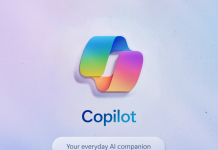Web3.0 has been deemed a ‘hazy’ term. Still, the concept behind its realisation is far from fiction – and it took an Elon Musk, months of negotiations and rumours, and some US$44bn for Twitter to dig deeper into a matrix driven by the “new Internet”.
The move begins with Twitter’s delisting from the New York Stock Exchange (NYSE) on November 8, 2022, in what could be the start of a more strategic move for the social media platform under a grander vision, new management, and restructuring that its new “Chief Twit” (Musk’s new Twitter bio) has in store for the company.
Musk has been a Web3.0 sceptic, calling it a “marketing buzzword than reality right now.”
But “right now” seems closer than ever to Twitter, as Musk promises new content and advertising policies, and creator compensation ideas that he has long advocated through his cryptic (some less than others) tweets since his ruthless takeover of the company.
And whether he likes it or not, Twitter may well be en route to conforming to the core principles of Web3.0 – though, that’s not necessarily a bad thing.
Entering Twitter HQ – let that sink in! pic.twitter.com/D68z4K2wq7
— Elon Musk (@elonmusk) October 26, 2022
Twitter currently identifies itself as a Web2.0 firm. These are companies that build themselves on content centralisation, ad-based revenue from extensive data mining using cookies and other AI tools, data processing and logging, and contributing communities built on numbers of active and passive participants.
Despite all the scepticism, Web2.0 works – for now.
Centralisation is at the core of Web2.0 and Musk, despite his earlier reservations seems to be pushing towards a newer vision for Twitter: a potentially decentralised – at least on the content front – Twitter.
This would set it far apart from social media platforms such as Facebook, Google, Twitter, Instagram, Snapchat, TikTok, and other digital platforms such as Amazon, Paypal, Netflix, and more.
Meta (Facebook) seems to have an elaborate plan spearheaded by high-value acquisitions in AR and VR to fuel their futuristic platform. But with billions downed in a project intended to expand the horizons and capabilities of Web2.0, it seems that Meta (and its iteration of the Metaverse) is taking a slower start than expected. Its success is yet to be gauged.
For all obvious reasons, Twitter has a better model in place now – and the company’s new content policies could be a breath of fresh air for users and content creators; creators who have for long suffered a 100 per cent take rate from Twitter.
Take rate is identified as the percentage of revenue taken by the platform from content creators. Andreessen Horowitz (a16z) in its 2022 state of the crypto report stated that Facebook, Instagram, and Twitter have an estimated 100 per cent take rate.
The strong statement from the report reads: “You know something is profoundly wrong with our economy when Big Tech has a higher take rate than the mafia.”
While traditional media platforms reward content creators, it was determined that YouTube took some 55 per cent of all ad revenues generated by the creators, leaving them with a measly 45 per cent.
With Twitter, this is expected to change soon.
In an interaction with Twitter user Zuby Music, Musk was seen as agreeing to a request to find a way to compensate top content creators.
Yes.
Also, Twitter should find a way to compensate/monetisation partner with its top creators. Like every other social media app.
A small % create all the high engagement content and keep the site active.
— ZUBY: (@ZubyMusic) October 27, 2022
To be fair, Web3.0 has only recently been defined – and a completely decentralised Twitter, in the grand scheme of things, could spew content mayhem. But, Elon Musk promises a healthy environment that identifies its (many) shortfalls.
In a longer-than-usual spiel to advertisers on Twitter, Musk wrote: “I wanted to reach out personally to share my motivation in acquiring Twitter. There has been much speculation about why I bought Twitter and what I think about advertising. Most of it has been wrong.
“The reason I acquired Twitter is because it is important to the future of civilisation to have a common digital town square, where a wide range of beliefs can be debated in a healthy manner, without resorting to violence. There is currently great danger that social media will splinter into far right-wing and far left-wing echo chambers that generate more hate and divide our society.
“In the relentless pursuit of clicks, much of traditional media has fueled and catered to those polarised extremes, as they believe that is what brings in the money, but, in doing so, the opportunity for dialogue is lost.”
His statement implies that Musk may not be completely decentralising Twitter… for now. With a greater vision than what has been, Twitter is expected to become a haven for debate, conversation, socialising, and more.
This, however, is easier said than done. Musk realises this in his next statement: “That is why I bought Twitter. I didn’t do it because it would be easy. I didn’t do it to make more money. I did it to try to help humanity, whom I love. And I do so with humility, recognising that failure in pursuing this goal, despite our best efforts, is a very real possibility.
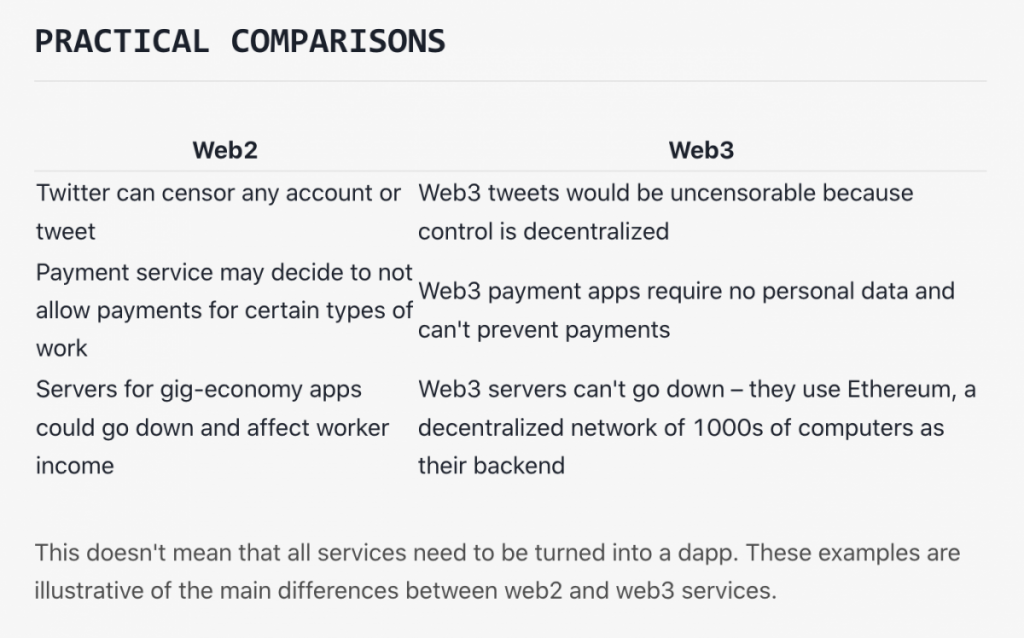
“That said, Twitter obviously cannot become a free-for-all hellscape, where anything can be said with no consequences. In addition to adhering to the laws of the land, our platform must be warm and welcoming to all, where you can choose your desired experience according to your preferences, just as you can choose, for example, to see movies or play video games ranging from all ages to mature.
“I also very much believe that advertising, when done right, can delight, entertain and inform you; it can show you a service or product or medical treatment that you never knew existed, but is right for you. For this to be true, it is essential to show Twitter users advertising that is as relevant as possible to their needs. Low-relevancy ads are spam, but highly relevant ads are actually content!
“Fundamentally, Twitter aspires to be the most respected advertising platform in the world that strengthens your brand and grows your enterprise. To everyone who has partnered with us, I thank you. Let us build something extraordinary together.”
From the onset, Twitter and Musk have three great challenges to overcome: hate speech, retention of valuable users and advertisers, and bots (somewhere between 25 and 65mn of them).
Bots are virtually impossible to eliminate. This is because not all bots are bad as lambasted by the media; some are even worth following. But that’s not to say the issue shouldn’t be addressed.
Step 1: Addressing The Bot In The Room
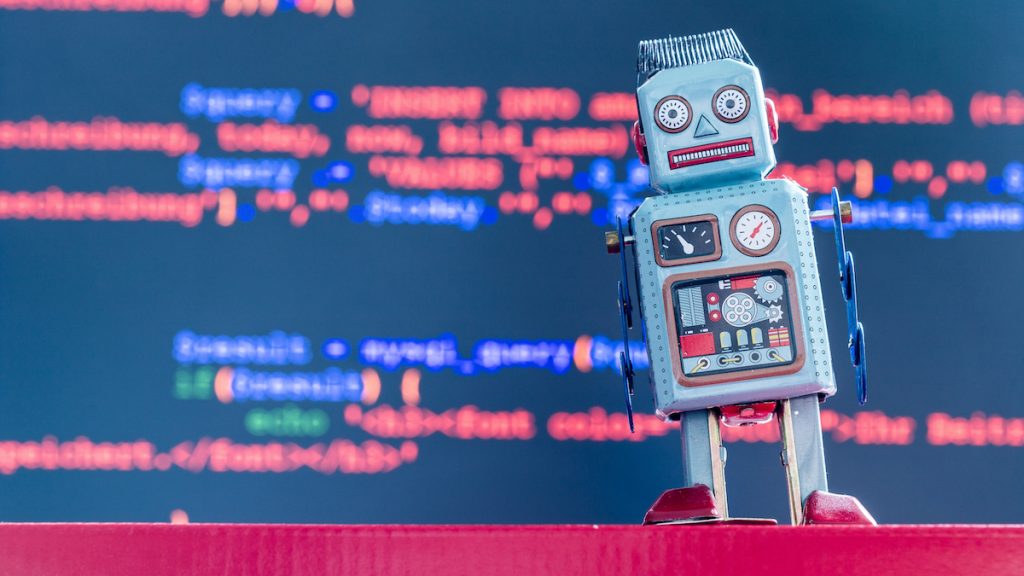
Bots, as per a take by Business Insider, are automated accounts that help drive traffic on Twitter. They operate just like accounts controlled by human users – retweeting posts, liking posts, and following other accounts. Bots affect a metric known as mDAU or monetised daily active users.
However, the more bots there are, the fewer actual, human mDAUs there are. Ultimately, advertisers, marketing agencies, and companies want to reach real humans, the Business Insider states.
In short, there’s no relevance to comments and posts generated by bots. These reduce ROIs and often mislead advertising data. One Twitter user was seen as stating that the ROIs on Twitter ads are “abysmal”.
It’s a valid declaration when even the big boss believes that 90 per cent of comments on his posts are bot-driven. This is huge considering Musk accumulates some 20,000+ comments on average per post.
This number is also corroborated by Binance CEO, Changpeng Zhao, in a rather fun Twitter exchange between Musk and Zhao. The interaction has also since spawned an unlikely (but interesting) association between Musk and Binance to eliminate bots.
For context, the link below shows a screenshot of replies on a tweet by a bot account impersonating Binance’s CEO. The real CEO (who goes by the handle @cz_binance) verifies himself in a tweet below.
And 90% of my comments are bots 🤖 pic.twitter.com/A7RKyNJZoR
— Elon Musk (@elonmusk) September 5, 2022
Binance – the world’s largest crypto exchange – is now reportedly creating an internal team to assist Twitter in using crypto and blockchain technology against bots. Binance is also seeking an active role in the company’s operations and is brainstorming plans and strategies to resolve issues such as the “proliferation” of bot accounts.
The bot elimination programme will take a stronger stance if Twitter turns to Musk’s suggestion from April 2022 to drop ad-based revenue to focus on a subscription model with Twitter Blue – a new feature that has already been partially implemented.
Twitter Blue, coupled with a Twitter Super Follows feature, will allow communities to subscribe to their preferred users, and in return, help reward creators.
While this would be a step in the right direction to create a truly impactful Web3.0 platform, Twitter has also been toying with blockchains and NFTs (non-fungible tokens).
For instance, Twitter already supports NFT profile pictures. This would be followed by a project that would allow users to verify NFTs and display their collection of NFTs on their profiles. The status of this programme is unclear as Musk let go of key executive staff members following his takeover.
But complete Web3.0 autonomy can only be realised if Twitter allows Blue users to opt out of data accumulation and targeted advertising. Despite the CA$3.49 (RO0.98) buy-in, users will only receive a feature set such as ‘Undo Tweet’, ‘Reader Mode’, and ‘Bookmark Folder’.
Prior to his takeover, Musk did suggest moving away from ad-based revenue when he proposed a US$2 monthly subscription, payable annually, with the option to pay in crypto coin – Dogecoin.
A Creator’s Paradise & Regulator’s Nightmare: Web3.0
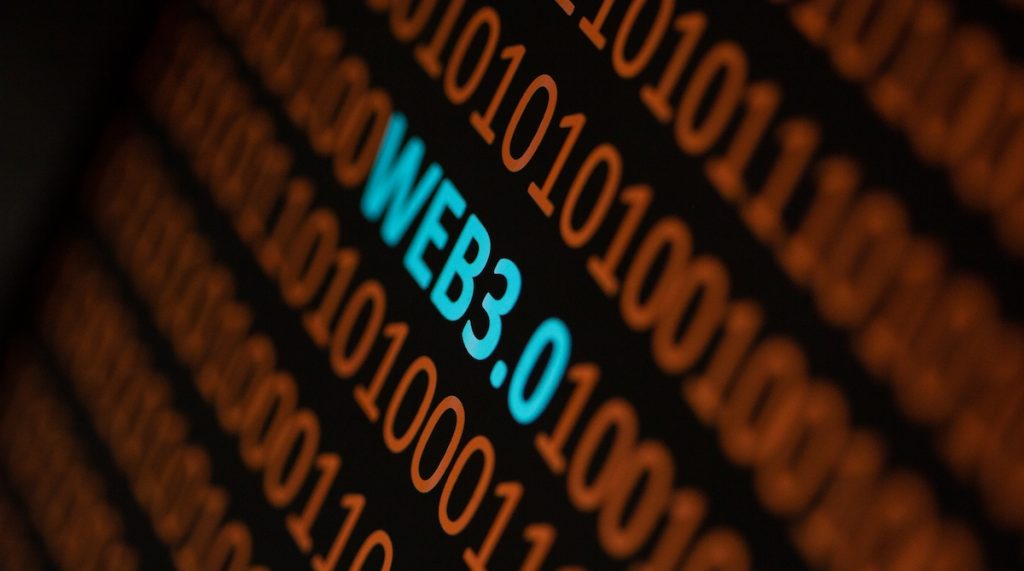
Creating a ubiquitous platform for creators across all ilks, spheres, nations, and beliefs shouldn’t be impossible for a man gunning for interplanetary travel – right?
Now, this is where things get cagey.
You see, Twitter is far from being a technology company than it would seem so with an obvious tech slack having set in since their early 2010s (user) growth spurt.
Today, Twitter is a harbinger of modern politics – and its asset is undeniably its user base, which largely consists of politicians, reporters, celebrities, and other influencers (such as Elon Musk himself).
Managing such clout is presumably complicated, especially when Musk is labouring towards partially democratising the platform for users. This is echoed in his words to advertisers when he says that failure is a “real possibility”.
However, Web3.0 believes in creating communities – and self-governing communities could form the basis of a modern Twitter. Whether this would work in practice is yet to be seen – but on a whim, it could work in theory.
By definition, Web3.0 aims to be fully decentralised, putting content creation in the hands of creators and not platform owners; thereby democratising the internet and putting control back in the hands of users.
Web3.0 consists of five components:
- Semantic web: The semantic web uses AI to understand what a user or customer may mean or intend. It’s designed to provide a more accurate understanding of searches based on the actual meaning of the search words rather than keywords or numbers.
- AI: The AI of Web3 is designed to better understand what someone is searching for to provide more relevant results.
- 3D graphics and spatial web: The use of virtual reality (VR) headsets and realistic graphics enables websites to become more realistic in nature.
- Blockchain and cryptocurrency: Key to the decentralisation of Web3 is the use of blockchain and cryptocurrency, which eliminate middlemen and enable direct transactions between parties.
- Ubiquitous connectivity: Web3 applications are characterised by constant connection due to broadband, 5G, Wi-Fi and the Internet of Things (IoT).
Source: Tech Target
“Let that sink in”
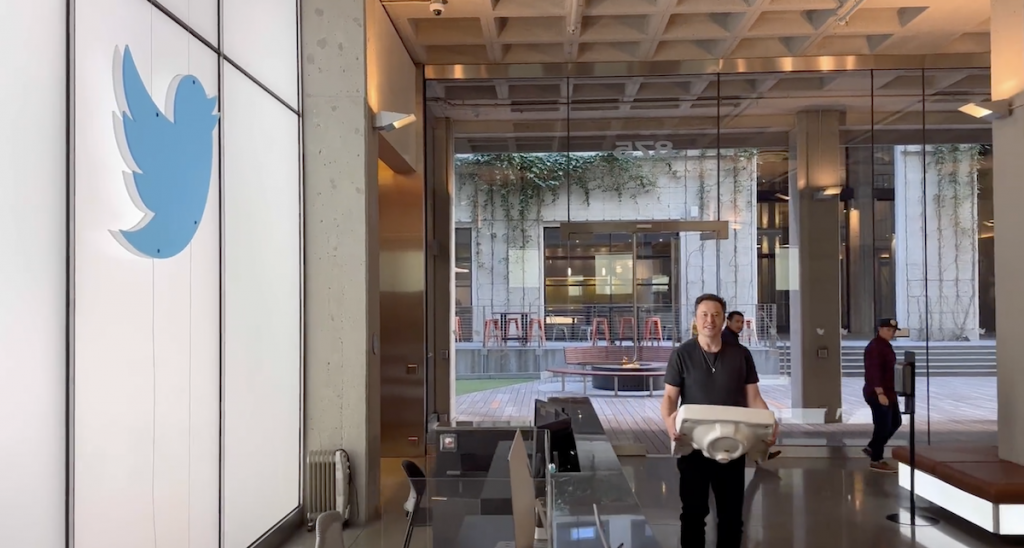
Twitter’s ultimate success will effectively be a test of its new owner and user base. As the saying goes: “With great power comes great responsibility.” The challenge that lies ahead seems astronomical, and Twitter’s first line of action would be to deliver on Musk’s promises of relaxed content policing and newer features.
Changes are taking effect quickly. Musk reportedly fired four top executives – including Parag Agarwal, the CEO; CFO; general counsel; and head of legal policy, trust, and safety.
He is also expected to cut Twitter’s workforce by some 75 per cent. How this will affect the platform’s growth for the year and ongoing feature updates are expected to be seen.
Be that as it may, Musk has an agenda for Twitter – let that sink in.



